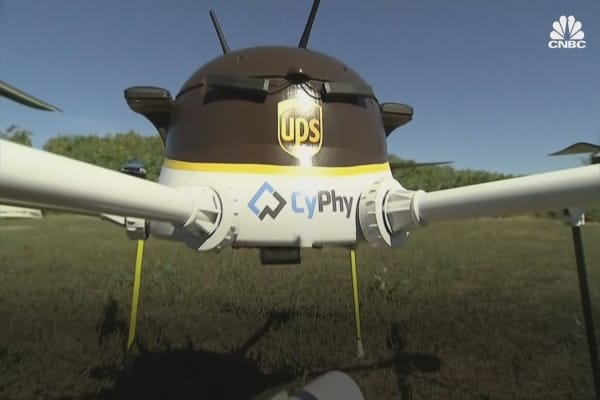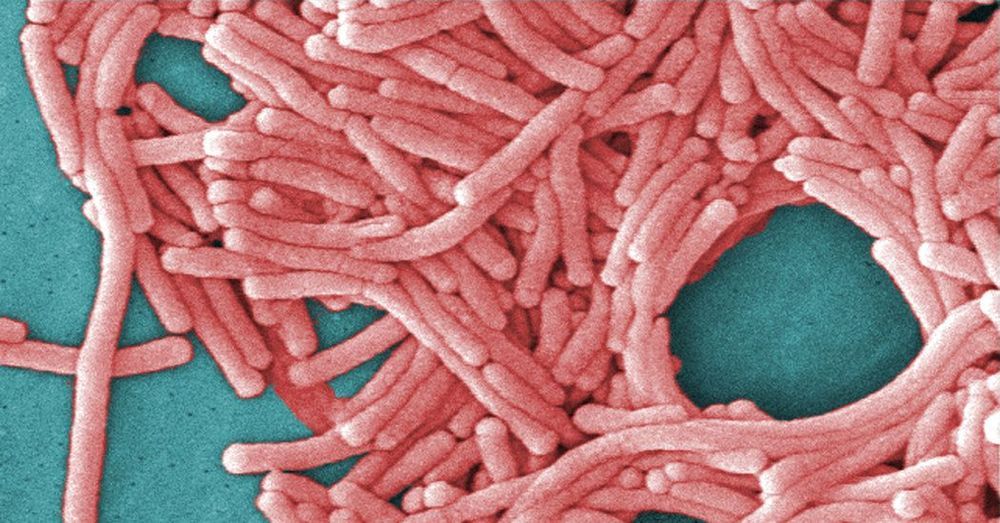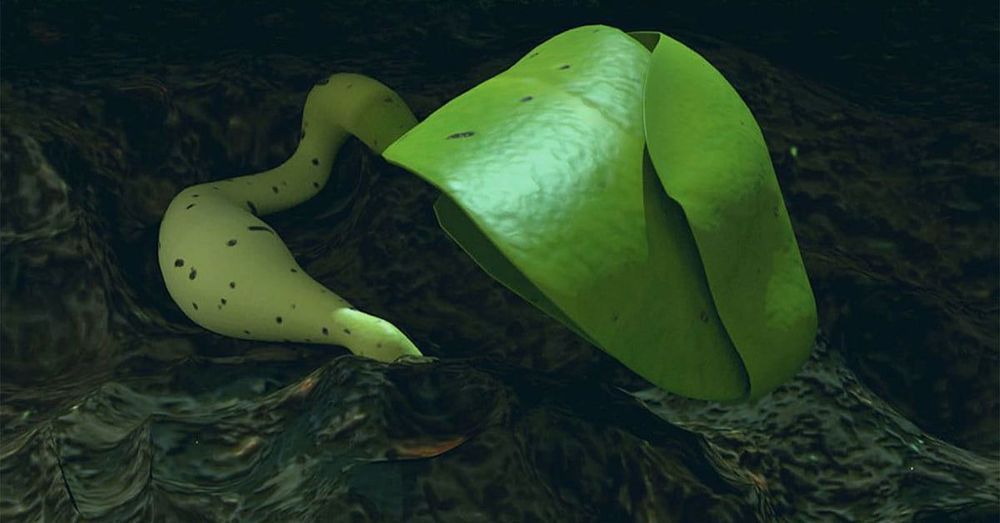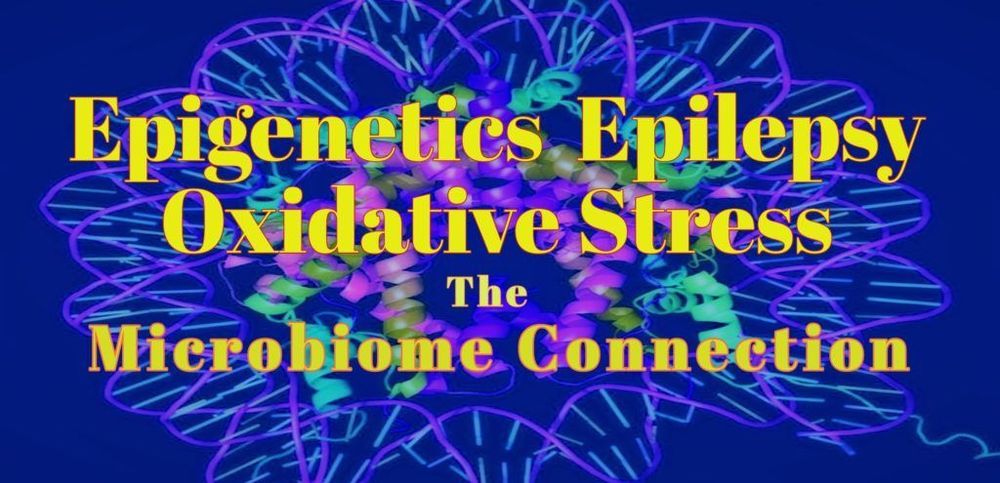Delivery service UPS won the federal government’s first full approval to operate a fleet of drones. It marks a milestone in the race to commercial drone delivery.



It’s good to see a growing response to the materialist superstition about the mind and the brain from the neuroscience and philosophy community. Materialist theories of the mind are philosophically indefensible and scientifically discredited. Dualism is necessary to account for the immaterial nature of the intellect, for the metaphysical simplicity of the mind, and for free will. Of the varieties of dualism, I believe that Thomistic dualism offers the most satisfactory framework for neuroscience.
I also think that Edward Feser ’s Philosophy of Mind, written from the Thomistic perspective on metaphysics and the mind, is the best available for readers of a philosophical bent. introduction It is a fine accompaniment to Dr. Dirckx’s work!
More by neurosurgeon Michael Egnor on how the mind differs from the brain:


China has broken new lunar ground, successfully growing cotton on the moon for the first time. The experiment was part of the Chang’e 4 project, in which China is exploring the far side of the moon with a lander. This is the same lander that recently discovered a mysterious gel-like substance on the moon’s surface.
The cotton plant was one of several organisms encased in a mini biosphere weighing just 2.6 kilograms (5.7 lbs) with a pressure of 1 atmosphere which was aboard the lander. The organisms experienced an environment largely similar to that on Earth, however, they did have to contend with both space radiation and microgravity.
In an interview with engineering magazine IEEE Spectrum, project leader for the experiment Xie Gengxin explained more about the challenges of growing plants in the restricted environment. “The weight of the Chang’e-4 probe demanded that the weight [of the experiment] can’t exceed three kilograms,” he said. That’s why it was important to select the biological samples in the experiment carefully.

Ira Pastor, ideaXme longevity and aging ambassador and founder of Bioquark, interviews Ambassador Juan José Gómez Camacho, Mexico’s current Ambassador to Canada, and for the last 3 years, Mexico’s Permanent Representative of the United Nations in New York City.
Ira Pastor Comments:
Today, we are going to talk about a fascinating series of topics related to global population health, and we will start by citing some staggering data.
The World Health Organization (WHO) estimates that there are around 1 billion migrants in the world today. 258 million of them are international migrants and 763 million are internal migrants, that’s one in seven of the world’s population.
68 million of the world’s internal and international migrants are forcibly displaced. This rapid increase of population movement has important public health implications, and therefore requires an adequate response from the health sector as many refugees and migrants often lack access to health services and financial protection for health.
Additionally, although we are only 20 years into the 21st century, it is a century that has already been marked by many major epidemics. Old diseases, such as cholera, plague and yellow fever, have all made a return, and many new ones have emerged including SARS, pandemic influenza, MERS, Ebola and Zika.
Could our food be making us sick – very sick?
In the second episode of this two-part special, Dr Graham Phillips reveals new research about the interplay between food and the bacteria deep within our guts.
